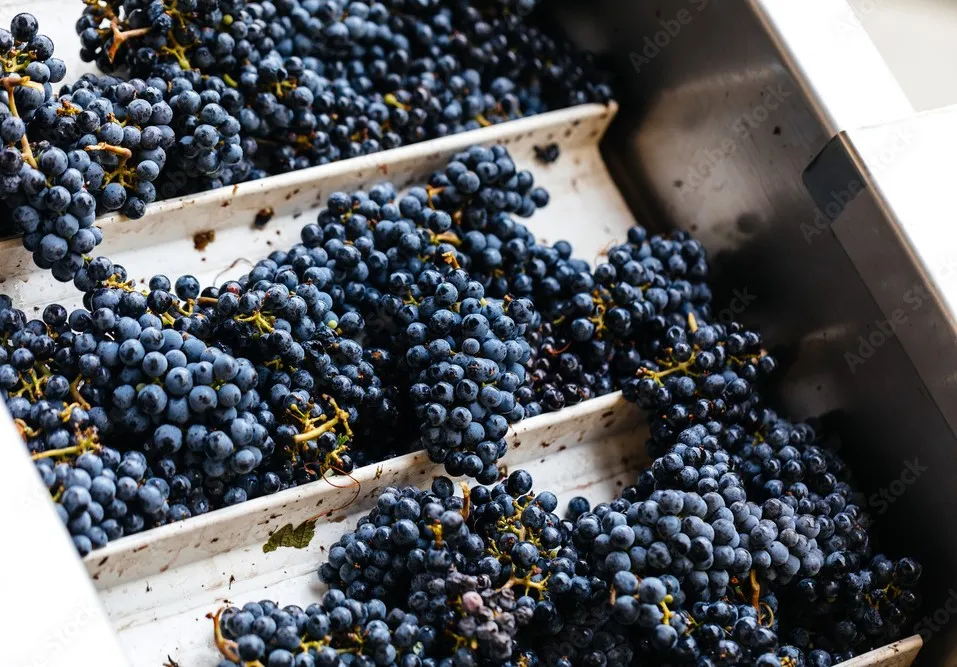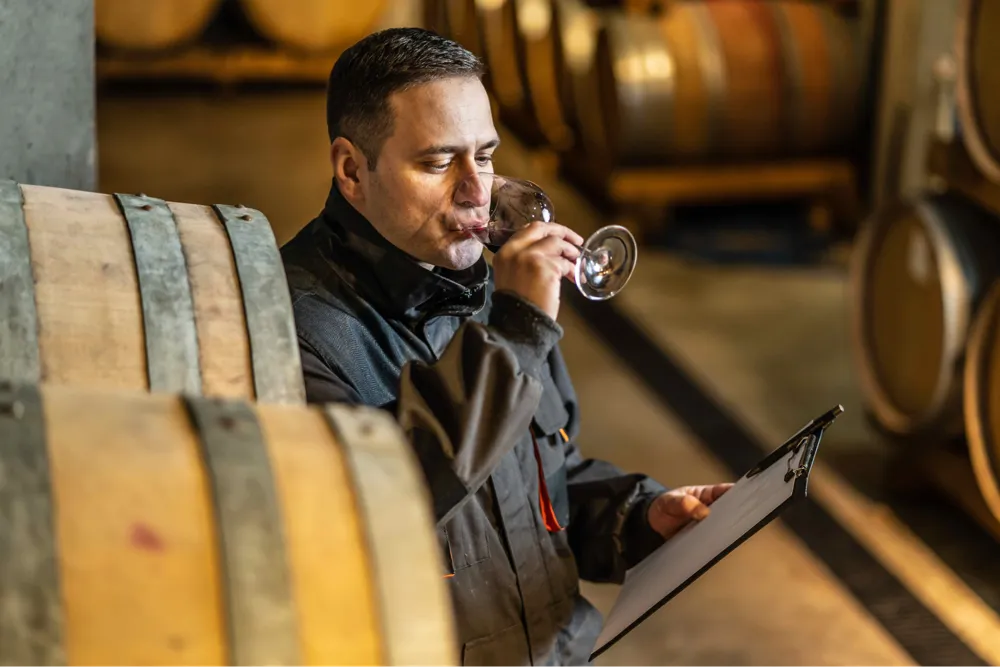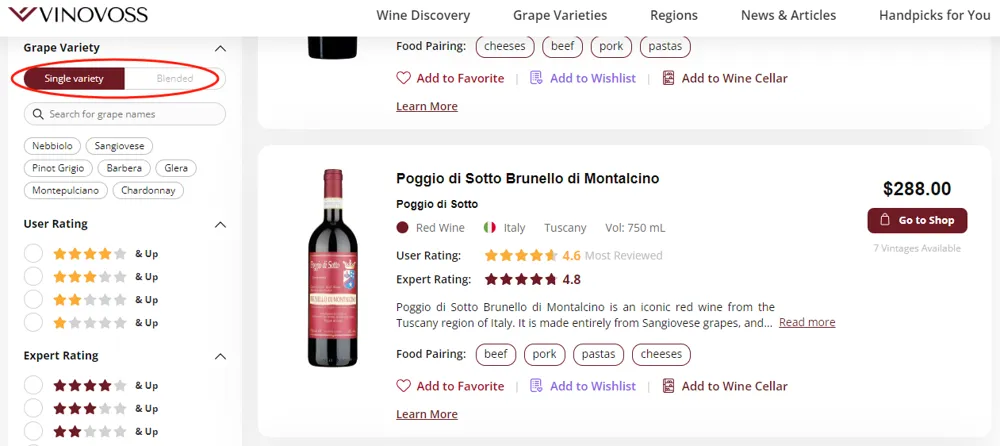Single Variety vs. Blend Explained
When you stand in front of a wine shelf and stare at the wine bottles, have you ever wondered why certain wines are made from a single variety while others are made from a blend? The wine world is vast and diversified, providing enthusiasts with a wide range of options. Let's find out the difference between single variety and blended wines to help you make a smart decision the next time.

What are Single Variety Wines and Blended Wines?
Wine connoisseurs will be familiar with the words "single variety" and "blend." As the name implies, single-variety wines are made from one type of grape. This approach allows for a more focused expression of the grape's traits as well as the terroir in where it grows. Blended wines, conversely, are a harmonious union of two or more grape varieties that have been deliberately combined to create a particular flavor profile.
Why Are There Single Variety Wines and Blended Wines?
Winemaking Traditions
Historically, winemaking traditions have played a significant role in the choice between single variety and blend. Some places have a long history of creating outstanding single-varietal wines. These regions frequently highlight the purity of a particular grape variety and how the varietal expresses the terroir.
Some regions, on the other hand, have embraced the technique of blending. Winemakers mix several grape varieties to achieve a balanced flavor profile. This tradition has been passed down through generations, contributing to the unique identity of wines from these regions.
Characteristics of the Grape Variety
The inherent characteristics of grape varietals also impact whether single variety or blended wines are made. Each grape type has specific characteristics that vary in vigor, acidity, sugar level, tannin, flavors, and aromas. Winemakers carefully consider these attributes when choosing the approach. Cabernet Sauvignon, for example, contributes powerful tannins and rich flavors to the wine, whereas Merlot adds fruitiness and a silky character.
Winemakers' Choices
Finally, the winemaker's philosophy and vision play a pivotal role. Some winemakers are purists, wanting to highlight the purity of a single grape, but others like the creative challenge of blending. These choices are guided by a deep understanding of the grapes, and the terroir, and a desire to produce a wine that reflects the winemaker's style.
Things are Not Always as They Appear
However, there is more to it than most people perceive. Wines labeled as "single variety" are not always 100% composed of a single grape variety. In many regions, both Old and New World, regulations allow for a small percentage of other grape varieties to be included. Typically, the threshold is 85% to be labeled as a varietal wine.
In terms of blended wines, there are two major different approaches: blending the finished wine and cofermentation. Blending is more than just mixing different grape varieties. It also entails blending wines from different harvests, different vineyards, or different barrels. Winemakers taste and experiment in search of the optimal combination that increases the overall quality of the wine. This method gives the winemaker more control over the end product, resulting in a more balanced and well-rounded wine.

Cofermentation, however, involves fermenting different grape varieties, creating a seamless integration of flavors. Cofermentation can produce wines with distinct characteristics because the grapes influence each other during the fermentation process. It is seen as a more traditional method than blending the finished wines. Before the widespread adoption of modern winemaking techniques, winegrowers grew various grape varieties together, harvested the grapes together, and made the wine so that the qualities of different grape varieties complimented one other, resulting in a more balanced, higher quality wine. This is known as a "field blend."
The Difference Between Single Variety and Blend
The primary focus of single-variety wines is on the grape itself. Winemakers aim to bring forth the intrinsic characteristics of the grape, allowing its unique identity to shine through. This approach is especially appreciated for the delicate grape varieties that adapt to varied climates and soils, and for their ability to convey the nuances of different terroirs.
Blended wines, on the other hand, shift the emphasis from highlighting a certain grape to producing a specific style. The goal is to achieve a harmonious balance that might not be attainable with a single grape variety alone. Blending allows for the correction of less appreciated traits, the enhancement of certain qualities, and the production of a more complex and well-rounded wine.
Notable Regions for Single Variety Wines
Depending on the region and winemaking tradition, there are regions known to produce single-variety wines and others known for blended wines. For example, Burgundy is renowned for its Pinot Noir and Chardonnay. The region's diverse terroirs contribute to the expression of these grapes in unique and exquisite ways.
Other regions like Piedmont in Italy, home to Barolo and Barbaresco, are known for the Nebbiolo grape. Alsace is recognized for its single variety expression of grapes like Riesling, Gewürztraminer, and Pinot Gris. The region's cool climate and diverse soils contribute to the distinctiveness of each varietal.
In the New World, many premium wine regions produce single-varietal wines, and the region's name is linked to the variety to become a style, such as Pinot Noir and Chardonnay from the Russian River Valley in California, Hunter Valley Semillon in Australia, and Malbec from the Uco Valley in Mendoza, Argentina.
Notable Regions for Blended Wines
When it comes to blends, Bordeaux is the undisputed king. The classic Bordeaux red blend of Cabernet Sauvignon, Merlot, Cabernet Franc, Petit Verdot, sometimes Malbec, and Carmenere has made its way to every corner of the globe.
The Rhone Valley in France is also recognized for its blends, including Syrah and Viognier cofermentation in Cote Rotie in the Northern Rhone and Grenache, Syrah, and Mourvèdre-based blends in the Southern Rhone. Châteauneuf-du-Pape allows 13 different varieties in the blend.
Other regions like Valpolicella in the Veneto region in Italy are famous for their blend of indigenous grape varieties, including Corvina, Rondinella, Corvinone, and Molinara. The iconic Amarone della Valpolicella is a testament to the region's blending art.
The Douro Valley, renowned for its Port wines, features blends of traditional Portuguese grape varieties. The combination of Touriga Nacional, Touriga Franca, and others results in complex and richly flavored wines.

In the vast world of wine, the choice between a single variety and a blend is a matter of philosophy, tradition, and personal taste. Experiment with both single-variety and blended wines to discover the diverse expressions that the world of wine has to offer.
Dear VinoVossers, on VinoVoss, we offer a filter for you to switch between single variety and blend. When you're in the mood for either, just switch it, and your wine recommendations will be tailor-made for you.
Sylvia Ba



